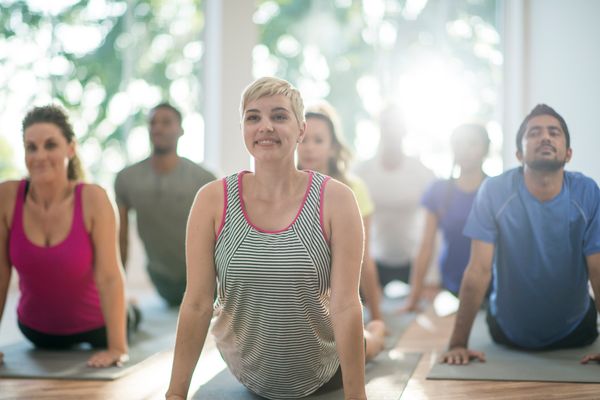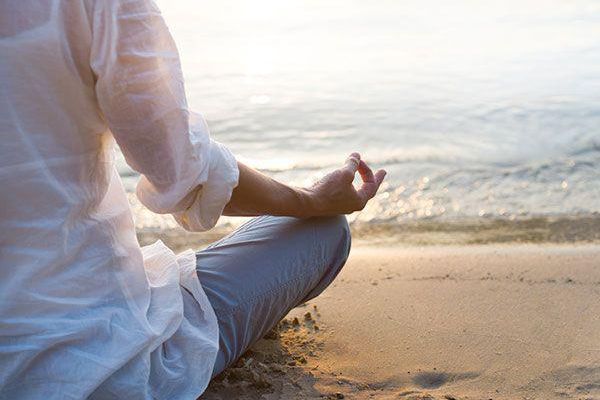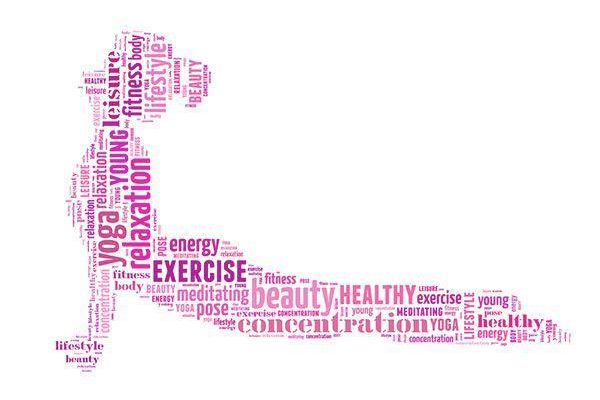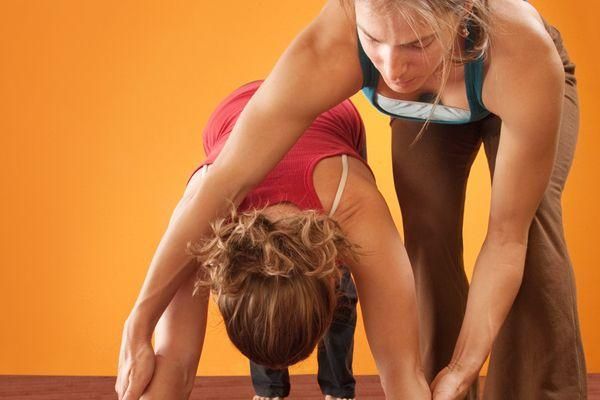By Jai Sugrim
Whether you're a weekend warrior–type athlete who is training for your first local 5-K or a world-class runner about to run a marathon, you may want to consider how yoga could enhance your performance.
The way you breathe in yoga when you come into the poses, is what separates yoga from other physical activities. The linking of the breath and movement is called Vinyasa. There is no movement without an inhale or an exhale. Yogic breathing, known as ujjai pranayama, involves an inhale and exhale that are even in duration. So, if you take four seconds to inhale, you exhale in four seconds.
This, of course, takes lots of practice to perfect. Concentration on the breath increases your mental focus. This helps refine the mind's tendency to hop around from thought to thought. This is very useful in many situations—from de-stressing at the end of a hard day to focusing on an important presentation. It also can enhance your performance in other physical activities.
If you're a runner or participate in other sports, practicing yoga can help you overcome negative thoughts like, "I'm tired," "I should quit," "I feel exhausted" or "Maybe I'm not cut out for this."
Yoga practice is a potent recovery tool as well. When you run, you repeatedly contract muscles like your hamstrings and calves. This causes a shortening in the muscle group and can lead to injury. After an intelligently sequenced yoga class, the muscles are restored to their pretrained length, and lactic acid (and other waste products like ammonia and uric acid) is removed from the muscles. You may feel space at the areas that absorb shock when you run or do sports—such as your hips, lower back and knees.
Restorative poses like the shoulder stand and headstand can fill you with energy and relax your legs. In these poses, your legs are inverted, which rests the valves of the circulatory system and encourages venous return of blood to the heart.
Yoga also provides a chance to improve your strength, endurance and flexibility. You don't have to lift weights at the gym, run on the track and then stretch afterward: you do it all at once. Yoga is equal parts aerobic and anaerobic. During yoga practice, you have strength training using your own body weight, you move from pose to pose which trains your cardiovascular system for endurance and, using your own breath as the guide, you decide how far to stretch in the poses.
Listening to the breath is the key to making yoga practice safe. It is not about willpower and going 100 percent all the time. Yoga is more about sensitively tuning in to what your own body needs on that specific day.
On a long-term level, yoga keeps you young. You may find your body to be less forgiving during hard workouts once you are in your 40s. A six-mile run may cause more aches and pains in your back and knees than it did when you were in your 20s.
The antiaging benefits of yoga are amazing. Yoga can reduce inflammation at the joints and muscles, increase heart health by reducing your resting heart rate, strengthen the nervous system, increase muscular proprioception, fight memory degeneration and fill you with energy because the blood becomes more oxygenated. Many types of regular physical activity offer similar benefits—from regular daily walks to aerobics—but yoga teaches the added bonus of breathing control and mind relaxation.
Yoga practice gives you a chance to release any negative emotions that you may be holding on to by consciously exhaling negative thoughts or emotions. In this way, yoga becomes a wonderful tool for training and stress management.
Jai Sugrim is a daily practitioner of yoga and host of Yoga Sutra Now on Veria Living. He is a former marathon runner and has worked with numerous athletes, including the New York Yankees, to help them use yoga as a way of staying healthy and preventing injury and pain.







